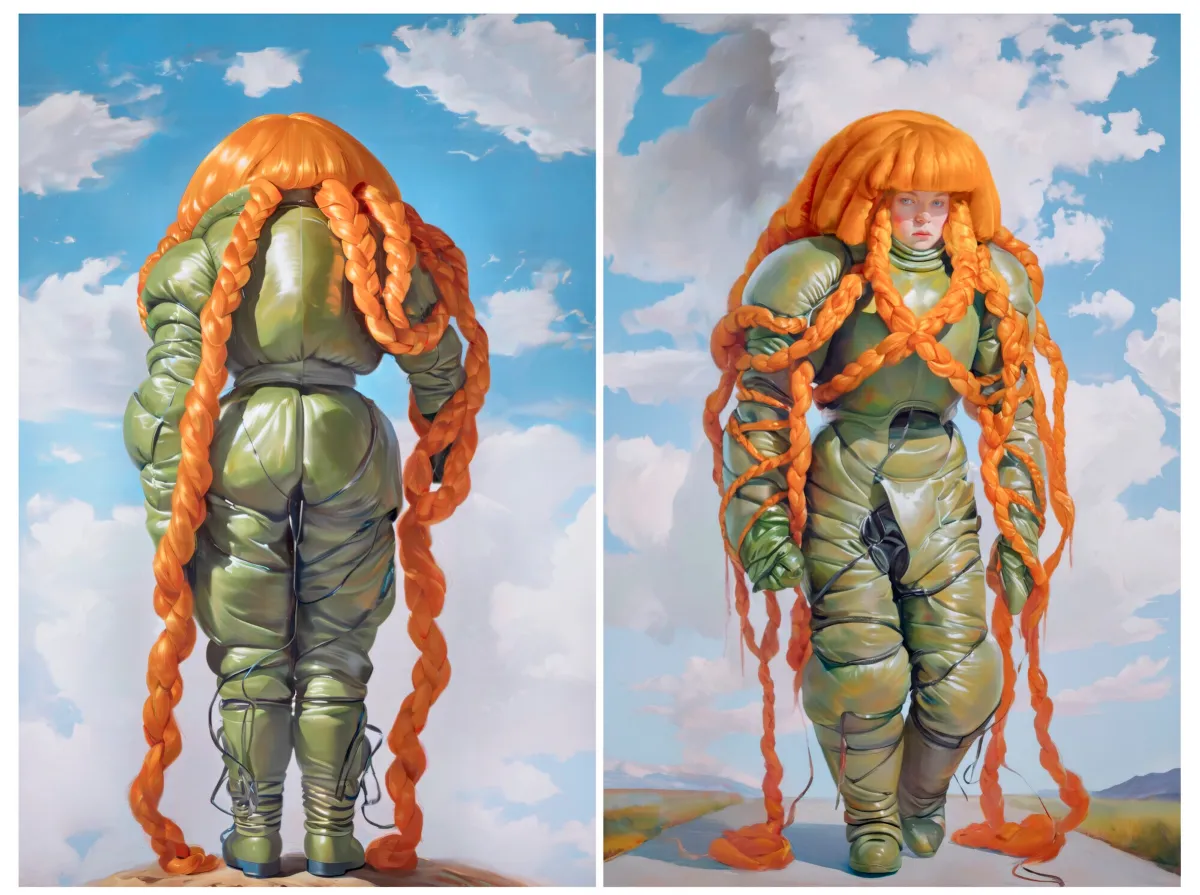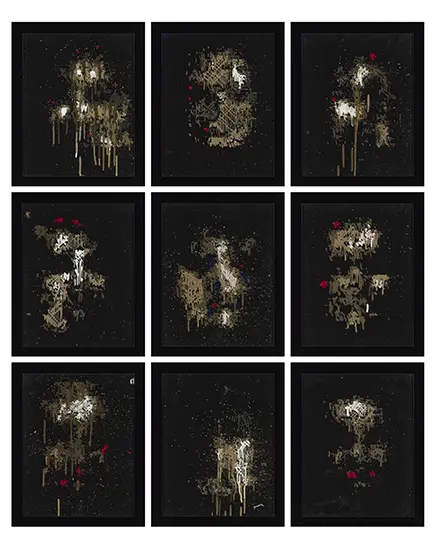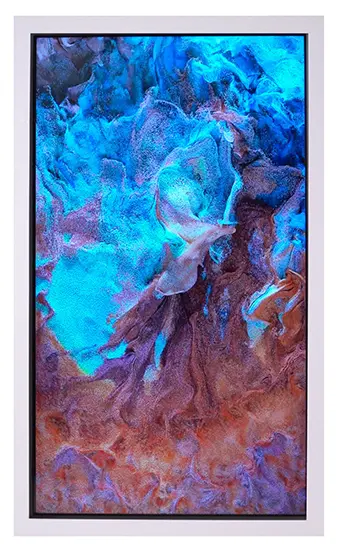Read in English / 阅读语言 ไทย
![]() 简体中文
简体中文

Christie’s New York is hosting its first-ever auction exclusively dedicated to AI-generated art, titled “Augmented Intelligence,” running from February 20 to March 5. This landmark event, the first of its kind by a major auction house, has sparked controversy, with nearly 4,000 people signing an open letter demanding its cancellation. Critics argue that the AI models used to create these artworks are trained on copyrighted material without permission, exploiting human artists and raising ethical concerns about the impact on the creative industry.
The letter began circulating online the day after Christie’s announced the auction, which is expected to generate over $600,000. The sale features works by renowned artists such as Refik Anadol, Harold Cohen and Claire Silver. Spanning five decades, the collection includes digitally native pieces such as non-fungible tokens (NFTs) alongside traditional mediums like sculptures, paintings, and prints. Notably, cryptocurrency is accepted as a payment method.

At the time of publishing, the open letter had gathered 3,936 signatures, condemning the AI models as exploitative. “These models, and the companies behind them, exploit human artists, using their work without permission or payment to build commercial AI products that compete with them,” the letter states. “Your support of these models rewards and incentivizes AI companies’ mass theft of human artists’ work.”
Christie’s has faced criticism for promoting models linked to AI programs such as Midjourney, Stable Diffusion, and DALL-E, which are currently embroiled in legal disputes over alleged copyright infringement. Artists allege that their works were used without consent or compensation to train these AI systems, while tech companies defend their practices under the “fair use” doctrine.

Refik Anadol, one of the artist featured in this sale, responded to the open letter on X, calling it “funny” and attributing the controversy to “lazy critic practices and doomsday hysteria driven by dark minds.” Meanwhile, the debate has polarized social media, with some digital artists, including Beeple—who sold an NFT at Christie’s for $69 million in 2021—and Jack Butcher, showing support for the artists featured in the auction by mocking the open letter through their own artworks.
The controversy highlights the growing tension between artists and AI developers as technology disrupts creative industries.This evolving legal landscape could significantly influence the future of AI-generated art and its role in the traditional art market.
Story: Tae Art Man